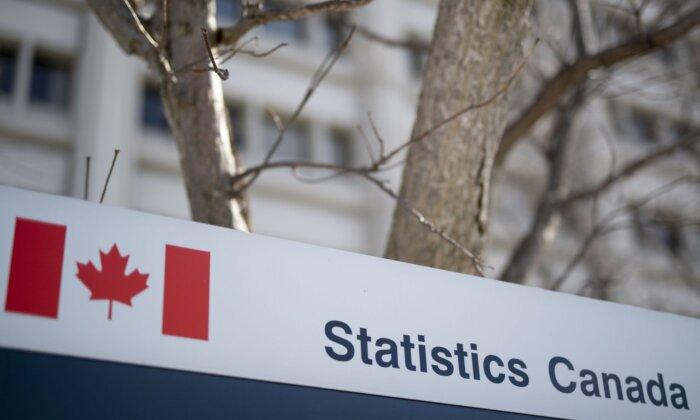Canada yet again dodged the recession bullet after posting modest fourth-quarter growth in 2023, making it likely the Bank of Canada will hold the line on interest rates.
“While today’s report came in better than consensus and much better than what the BoC was thinking, the narrative on the Canadian economy remains the same: High interest rates are weighing on economic growth.”
The GDP increase comes on the heels of a third-quarter decline of 0.5 percent. StatCan attributed the fourth-quarter growth to a rise in exports.
Bank of Montreal chief economist Douglas Porter says the economy is “grinding forward” thanks to “solid” U.S. spending trends that in turn have boosted Canadian exports.
Other than 2020, last year’s economic growth was the slowest on record since 2016, according to StatCan data.
Despite that, household spending rose 0.2 percent in the final quarter of the year after edging up 0.1 percent in the third quarter. The increase, StatCan said, was led by “higher spending” on new trucks, vans, and utility vehicles.
While consumer spending increased in the final quarter of the year, it continued to decline on a per capita basis due to the country’s strong population growth.
Housing investment also fell, dipping by 0.4 percent, while business investment dropped 3 percent, the sixth decline for both in the last seven quarters.
Canada’s annual inflation rate decreased to 2.9 percent in January due to a slowdown in price growth.
While the Bank of Canada has signalled a rate cut could occur as inflation eases, economists aren’t expecting it to happen until mid-year.
“Conditions don’t appear to be worsening so there’s no urgency to cut rates,” Mr. Porter noted. “With growth still well below potential, disinflationary pressure will continue, but it will require ongoing patience.”
CIBC senior economist Andrew Grantham agreed.







